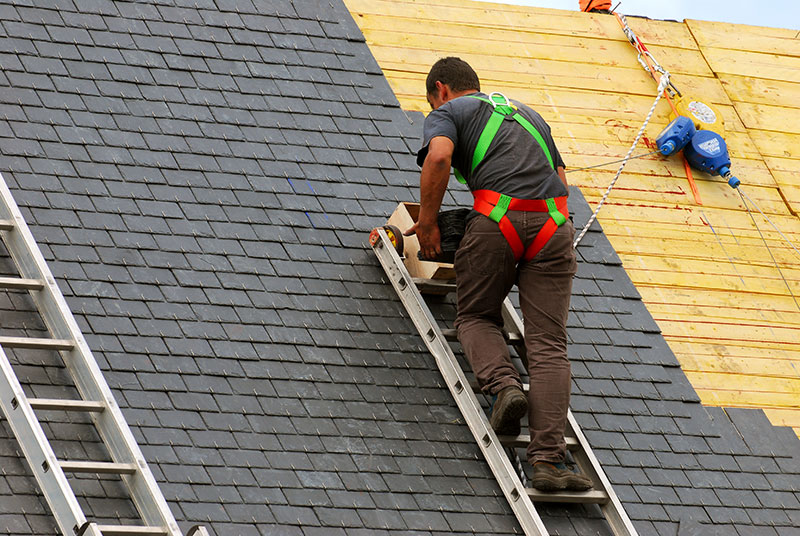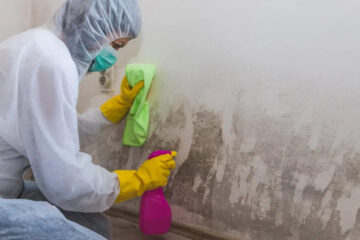Three Materials To Consider When Re-Roofing

Even flat roofs need to be maintained and re-roofed when the time comes. If you know that you’ll need to re-roof yours in the next couple of years, there are a few roofing materials to choose from. Contact your local re-roofing company in Auckland for more information on the following three flat roof materials.
1. Single-Ply: A Favourite Solution For The Typical Building
Currently, single-ply is one of the most commonly used roofing material for flat-roofed buildings. The advantages are numerous, from its quick installation to its affordable price tag. Reputable re-roofing companies will offer comprehensive warranties to protect all parties, which includes both the labor involved, and the materials used. The warranty and the roofing material should last up to 20 years.
Single-ply roofs need very little maintenance and are quite robust. However, by no means does that mean that you don’t need to perform maintenance at all. A major problem with flat roofs is that after rainfall, water pools on the surface. This can cause concrete cancer, corrosion and other water damage to your roof. Thankfully, single-ply roofs are more resistant to water pooling than other flat roofing materials.
2. Built-Up: Traditional, Strong And Durable
Built-up roofs are made using an old-school method of roof construction. These roofs contain multiple layers of feeling, tar, gravel, and asphalt, which are built-up to create a remarkably strong and durable roof. These are typically found on older buildings, which were built before single-ply roofs became more frequent.
Although built-up roofs are robust, a built-up roof is not a usual order that most Auckland re-roofing companies receive these days. If they are requested, it’ll most likely be for the new construction of a government building.
Even though they’re durable, they have disadvantages as well. They’re the most expensive roof you could install, and the installation is also a significant job, which requires a large labor force. The warranties you’ll get from a built-up roof aren’t as comprehensive as what you could get from another, more common, type of roof.
Built-up roofs also need to be continuously maintained. One of the many layers is an organic flat roof material, which can become saturated and heavy after rainfall. Your building will have to withstand the added weight, and as it isn’t as resistant to water pooling than other roofing materials, you’ll need to tear out and replace it often.
3. Roof Coatings
As roofing materials go, coatings are the least expensive option, but they also provide the least strength and protection for your roof. Although its installation is quick and easy, the price you pay is apparent when you consider the durability that it lacks in comparison to other roofing materials.
The warranties you get for coatings are also lacking, and are more similar to shingle warranties on residential roofs instead of a full-coverage warranty you could get on another roof type. That means that you won’t be covered for labor or replacement expenses. In addition, the coverage that you get from the warranty may decrease in value as time goes by.
Roof coatings are considered to be a short-term solution for when you have a structural issue with your existing roof. However, this short-term solution could last a few years if you’re trying to come up with the finances to get your entire roof replaced. A roof coating can also be used to temporarily cover roof damage and prevent leaks until you can get a more permanent solution installed.
These three roofing materials are varied in price, function and installation process, depending on your budget available and your roofing requirements. Make sure to ask an Auckland roofing and re-roofing company to advise you on which roofing material would be best suited for your building. Please click here for Roofers in Orange Park FL




